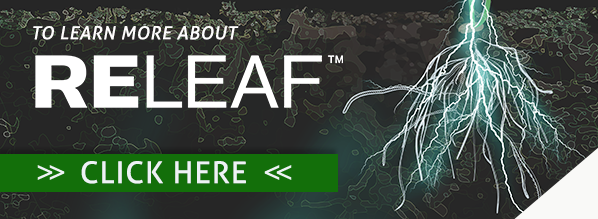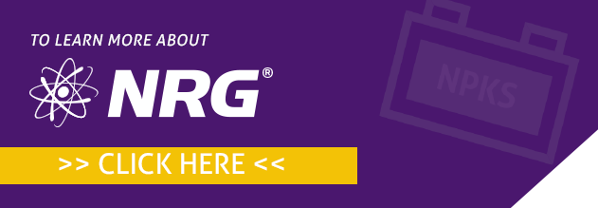What your K/Mg ratio can tell you about potassium uptake
Written on 05/27/2021
Are you getting the most out of your potassium investment?
Even though the level of potassium in your fields maybe adequate, your crop uptake may be limited due to the imbalance of potassium (K) and magnesium (Mg).
Watch the video below (less than 3 minutes) to learn:
- The critical threshold of K/Mg
- Visual signs of K deficiency
- The efficiency of a soil application versus a foliar application
- How to complement your soil-applied fertility program with a foliar application
Potassium is a key component of every crop fertility plan since it:
- Promotes stalk strength and standability and improves resistance to drought, disease and stress as it makes plant cells thicker.
- Controls stomatal opening and closing, preventing transpiration losses.
- Increases seed and grain quality by reducing the infected seeds.
- Regulates water status and activation of many enzymes.
- Involved in the formation and translocation of sugars, proteins, starch and plant growth hormones.
Want to learn more about Potassium?
Take our ATP Academy "Unleashing the Power of Potassium" course to learn more about Potassium's powerful roles in plant growth and plant health and the detrimental effects of potassium deficient conditions.
Maximize your soil-applied potassium by optimizing your field's K/Mg ratio with a foliar K application. Please contact your local ATP representative if you have any questions with regards to how ReLeaf or NRG can fit into your crop nutrition plans this spring.





Leave a reply